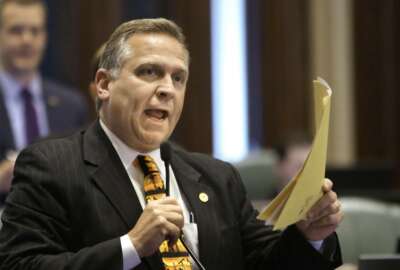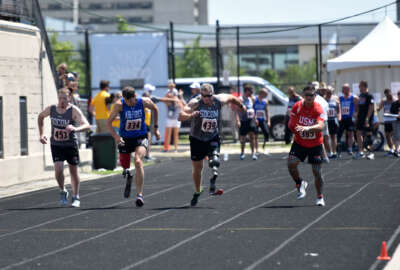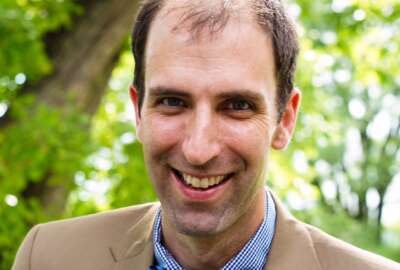
Finding a ‘tribe’ after military service is crucial to veteran success, study says
A new study reveals that finding community and fitness in the civilian world helps veterans stay on their feet.
Best listening experience is on Chrome, Firefox or Safari. Subscribe to Federal Drive’s daily audio interviews on Apple Podcasts or PodcastOne.
Journalist Sebastian Junger famously described military life as living in a tribe. That tribe provided support for those in the military. But, when troops left the service the lack of a cohesive tribe could at times be a culture shock.
A study published in the journal of Translational Behavior Medicine is giving weight to Junger’s theory and offers ways veterans can keep themselves healthy while transitioning to civilian life.
“Reintegration is associated with adoption of unhealthy lifestyles that result in veterans having poorer health than civilian counterparts. In the years immediately following military discharge, veterans experience significant decreases in meeting recommended physical activity levels, increased nicotine and alcohol use, and rapid weight gain,” according to the study conducted by veterans organization Team Red, White and Blue.
To combat those risky behaviors, the study found veterans need to build their own “tribe” in the civilian world.
“Using physical fitness, using social connection as a way to help combat isolation and loneliness is really important. It’s one of the important takeaways from this paper. It lines up really well with what Sebastian Junger is talking about in Tribe,” J.J. Pinter, the executive director of Team Red, White and Blue, told Federal News Radio.
The study emphasized social interaction and social networks as a way for veterans to stay healthy mentally and physically.
It focuses on three main pillars — health, purpose and people — as links to broader social resources.
The Institute for Veterans and Military Families at Syracuse University previously studied Team Red,
More Defense News
“We are talking about veterans leading enriched lives. Well, what does that really mean? We have always said that is a life that has health and people and purpose in it. When we talk about health we are talking about physical health, we are talking about mental health. [The people pillar] is genuine best friend kind of relationships and the purpose [pillar] is shared and individual purpose,” Pinter said. “One of the [other] things that is starting to come out in some of the work we are doing is this idea that we are calling engaged citizenship.”
Engaged citizenship adds a service component to a veteran’s life, filling the public service hole that was life behind when he or she left the military.
While all of those pillars sound well and good, getting veterans to those resources isn’t as easy.
Pinter said in many cases veterans don’t end up in their hometowns after they leave the service, which makes it harder to socialize.
“Making friends for adults is tough, but if you can go out of your way to make a friend, that is something that’s really helpful. If you can go out of your way to have that sense of service in your life — you can coach, you can be a Big Brother, you can volunteer at your local school or your church, there’s all sorts of ways to do it,” Pinter said.
Pinter added that many activities serve multiple purposes. For instance, a CrossFit gym keeps a veteran physically fit and helps him or her make friends.
“There are plenty of resources available for veterans to do those things, it’s just the veteran needs to do it,” Pinter said.
Copyright © 2025 Federal News Network. All rights reserved. This website is not intended for users located within the European Economic Area.
Scott Maucione is a defense reporter for Federal News Network and reports on human capital, workforce and the Defense Department at-large.
Follow @smaucioneWFED






